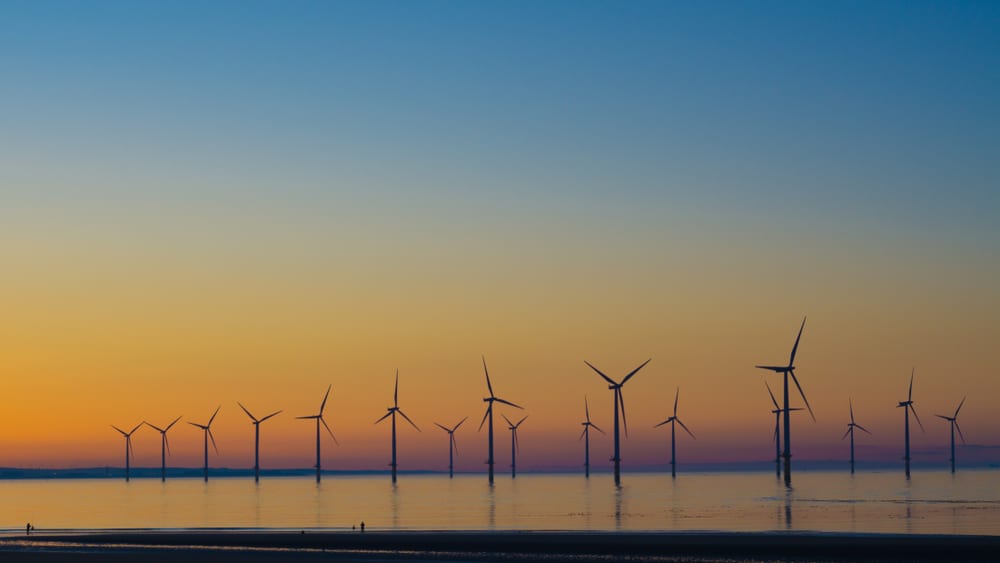
Earlier this year, the Trump government proposed to open nearly all of the U.S. Outer Continental Shelves (OCS) to offshore oil and gas drilling, a move speculated to help bolster U.S. energy production and cater better to domestic needs. However, there could be substantial environmental risks associated with offshore excavations, with environmental activists and coastal states sounding the alarm at the prospects – at a junction where states like New York and California are looking to move towards renewable energy sources.
New York Governor Andrew Cuomo had voiced his chagrin at the drilling proposition, calling it a “really dumb idea” and has been trying to block the construction of offshore drilling infrastructure in state-controlled waters. Regardless of this, the state’s jurisdiction on waters surrounding it is only three nautical miles, but New York is doing all that is in its power to make it harder for the federal government to implement its plans. This includes banning the process of leasing out state land for infrastructural requirements to offshore drilling and transporting crude oil produced from the drilling stations to inland centers through its navigable waters.
With a move targeting an increase in renewable energy resources, the state of New York has initiated a program with the New York power companies to study existing offshore wind transmission models, borrowing ideas of its successful implementation in Europe, arguably the world leader in offshore wind energy production. The European offshore wind energy projects are advancing at a furious pace, with 3.1 GW of capacity being installed in 2017 – double that of the previous year.
A report that came out last week from E2 Energy Services described the economic benefits that could be harnessed by investing in offshore wind farms. The report singled out the East Coast in its study, mentioning that if the states of South and North Carolina, Virginia, New Jersey, and New York add an average-sized offshore wind energy farm of 352 MW, it would add nearly 25,000 construction and operational jobs across the coast.
“The Department of Interior is developing lease sales for a strong pipeline of projects in this region—28 in total—which could equal 23,735 MW of new generating capacity, which if all developed would result in tens of thousands of more jobs and added economic benefits for those states,” it said. On average, these five states would be generating about $1.50 as a value addition to its economy for every $1.00 being spent on building the offshore wind farm.
Opting for offshore wind energy farms rather than building them on land is reasonable on many counts. For one, offshore wind energy projects have a higher return on investment than their inland counterparts as wind speeds tend to be faster and steadier in the sea than on land. Also, with regard to the U.S., offshore wind energy farms are crucial since more than half of the country’s people live on the coastal regions. The idea is simple – produce and consume energy as locally as possible to have higher energy efficiency and to reduce ballooning transmission costs.
New York has set a target of achieving 2,400 MW of capacity to be installed around its coast by 2030. The study sanctioned by Gov. Cuomo is primarily focussed at reducing transmission costs, which according to New York’s offshore wind master plan, would account for nearly 30% of the total infrastructure costs.
Various questions on the ownership of transmission have arisen, including if it should be privatized or held as a public entity. Wilfried Breuer, the MD of TenneT Holding B.V., a European transmission system operator has voiced in his opinion that it would be prudent to separate offshore wind generation from transmission ownership, as he believed it would limit competition and lead to companies monopolizing production.
“Building an offshore grid separately from the wind farms and offering access to the power grid on a nondiscriminatory basis is the key to creating a level playing field for competition between offshore generators,” wrote Breuer in an editorial. “As can be seen in the declining prices offered by those generators in Germany and the Netherlands, providing access to an offshore grid stimulates innovation and cost reductions in the offshore wind industry. After ten years of experimentation, this is the clear result of the European experience.”
